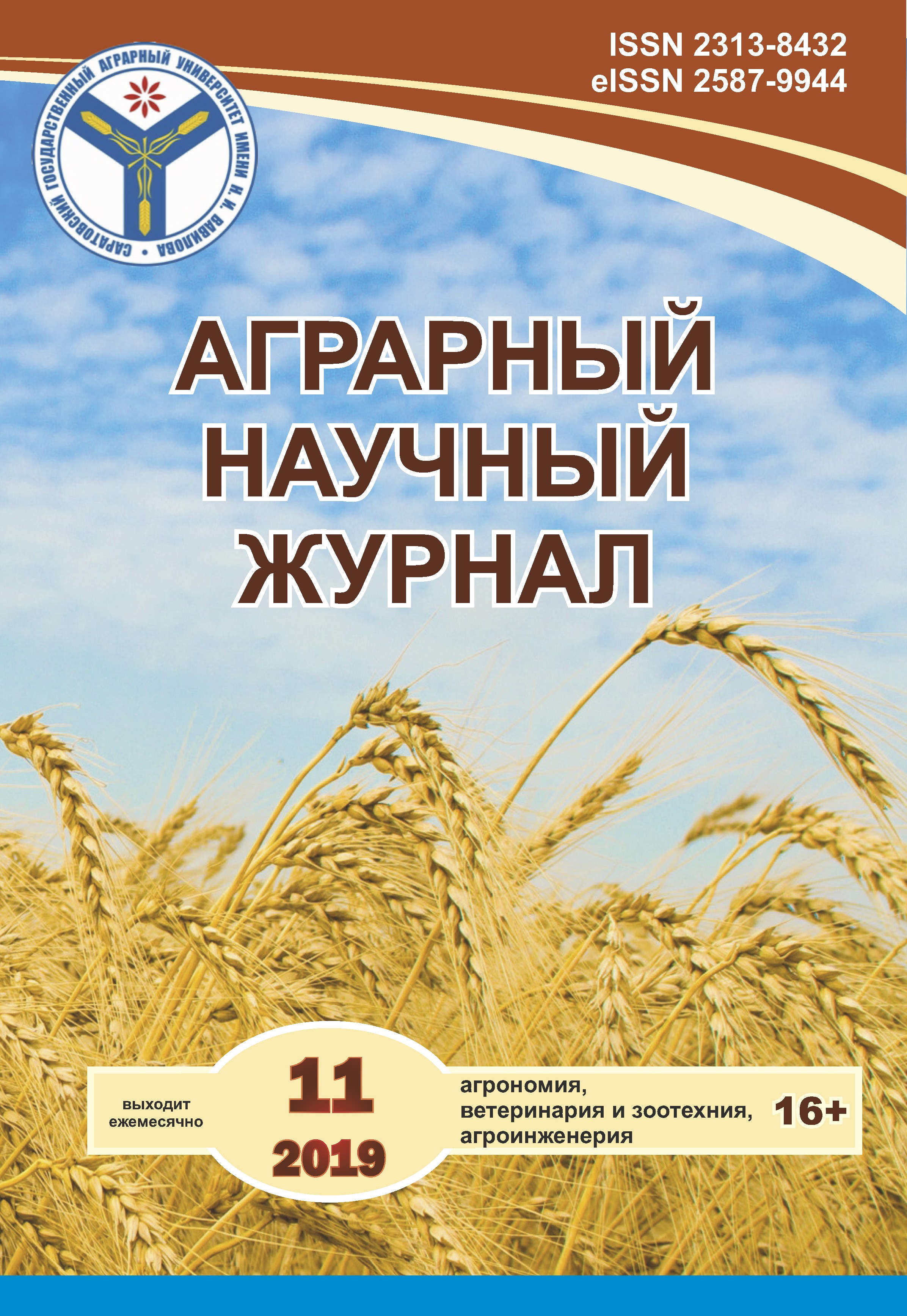Promising VNIISPK apple cultivars that are on state trials
DOI:
https://doi.org/10.28983/asj.y2019i11pp27-30Keywords:
apple, breeding, primary cultivar study, state trialAbstract
More than 60 years of experience in creating apple cultivars that meet the high requirements of production, shows that breeders often do not have time to meet the increasing requirements for cultivars. This is due to the intensification of gardening and complication of fruit production technology, which imposes high requirements on breeders. The breeding strategy provides for the presence of more than 20 indicators in a new cultivar (the tree vigorousness, resistance to diseases, precocity, productivity, fruit quality, content of valuable vitamins, high marketability, etc.). In order for new cultivars to meet all the requirements, interdisciplinary teams of researchers are needed. In addition to breeders, researchers of many specialties should be included: geneticists, cytoembryologists, biochemists, physiologists, physiologists, agrotechnicians, etc. At VNIISPK, an average of 19 years is spent from hybridization to the advariant of a cultivar for state trials, and from hybridization to inclusion in the State Register it is spent 28 years. In this regard, it is necessary to reduce in time each stage of cultivar development: from the actual breeding process and primary study to the state trials. In this paper, brief economical and biological characteristics of 12 apple cultivars that are in the state trials and 2 zoned cultivars are given. From 12 to 29 years were spent to create the cultivars. A large period of time must still be spent before their inclusion in the State Register. In this regard, it is desirable to lay the gardens of a small production test of 20-40 trees of a new cultivar in each of the three repetitions together with the standard cultivars.
Downloads
References
2. Программа и методика селекции плодовых, ягодных и орехоплодных культур / под ред. Е.Н. Седова. – Орел: ВНИИСПК, 1995. – 504 с.
3. Программа и методика сортоизучения плодовых, ягодных и орехоплодных культур / под ред. Е.Н. Седова, Т.П. Огольцовой. – Орел: ВНИИСПК, 1999. – 608 с.
4. Седов Е.Н., Серова З.М. Итоги селекции и возможности улучшения сортимента яблони // Аграрный научный журнал. – 2016. – № 7. – С.








